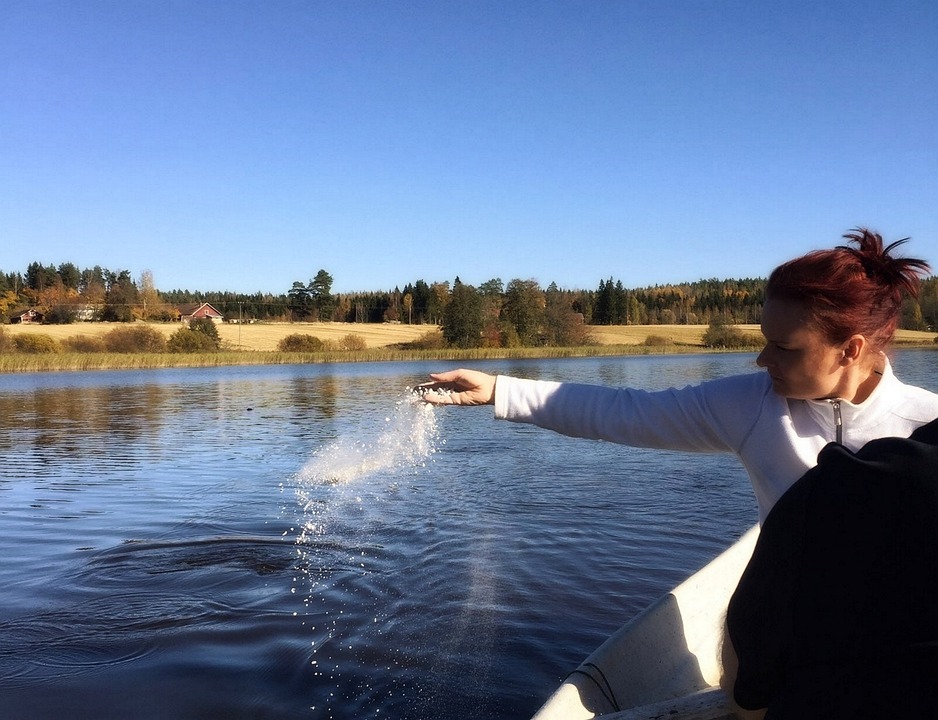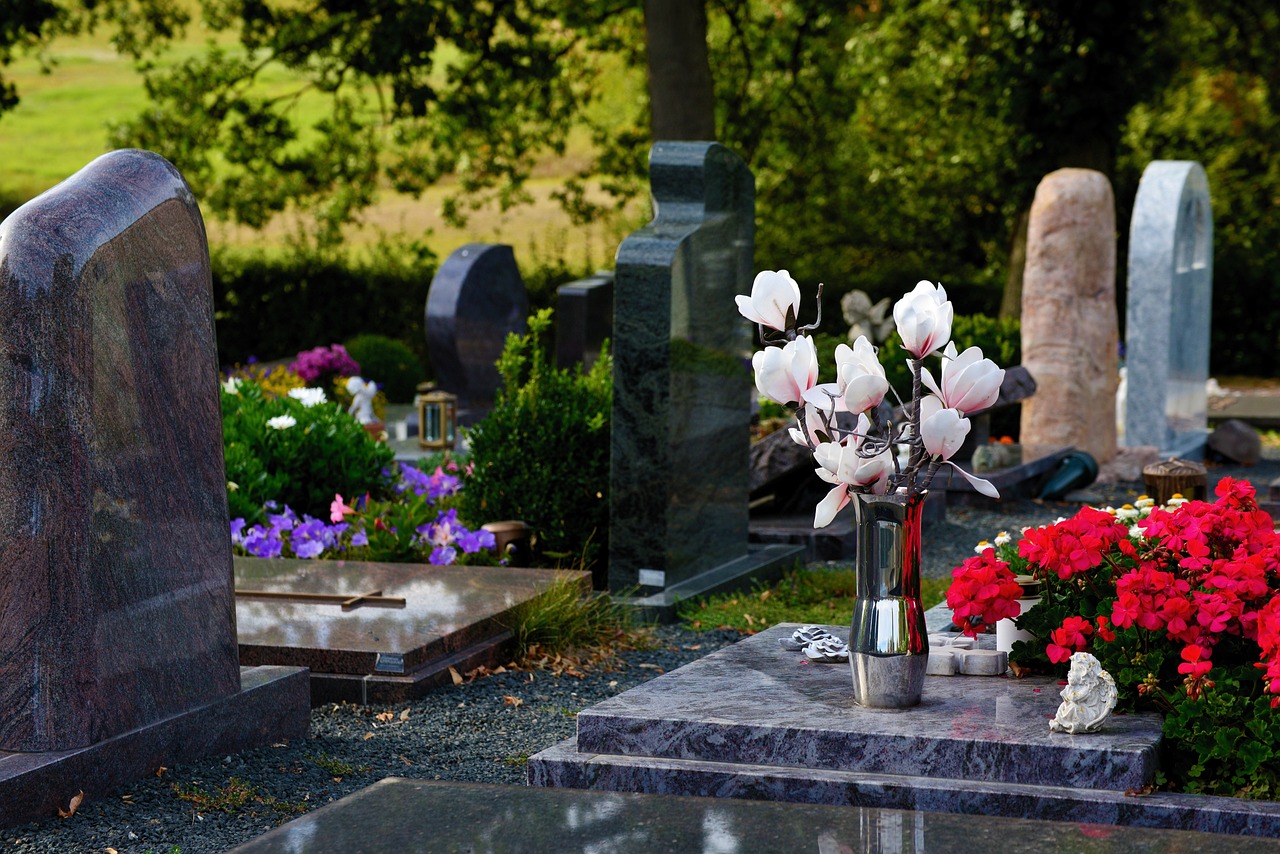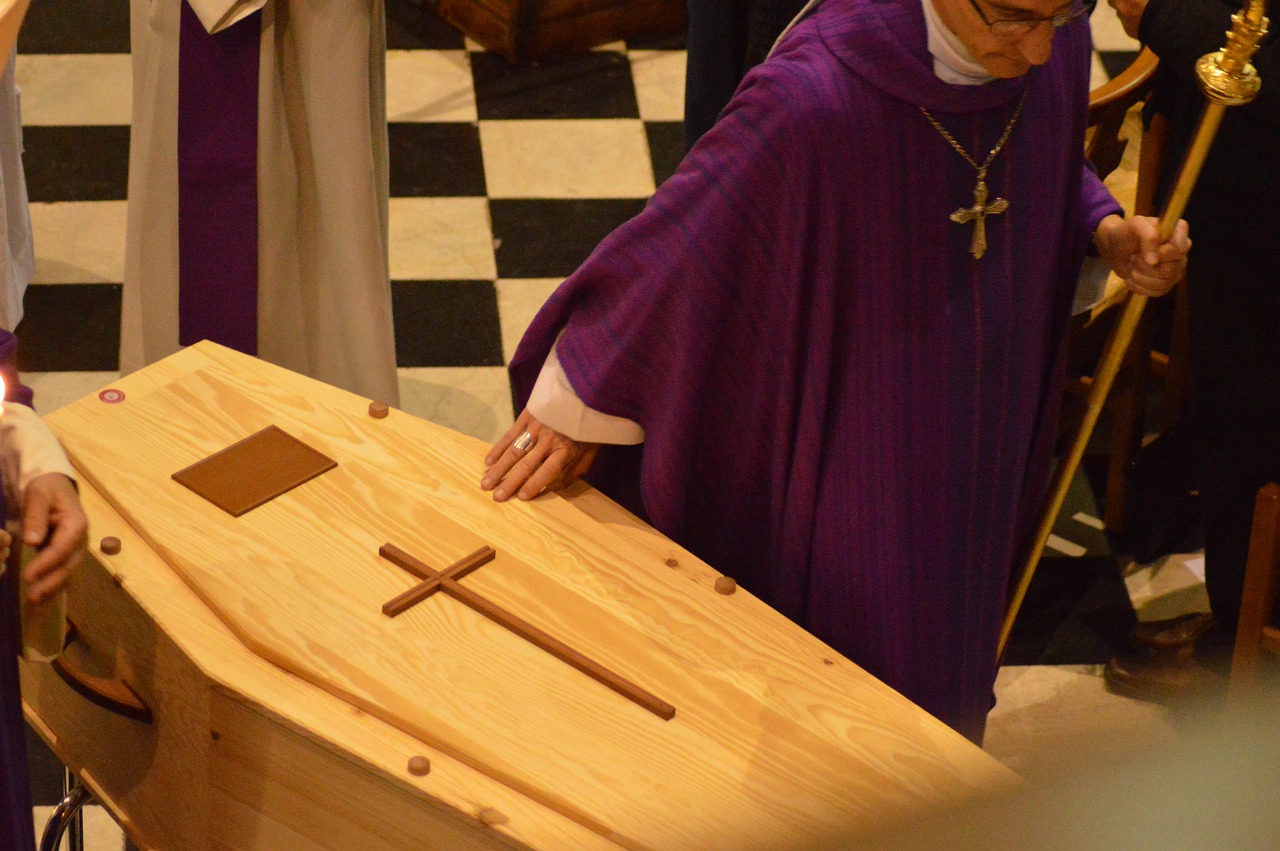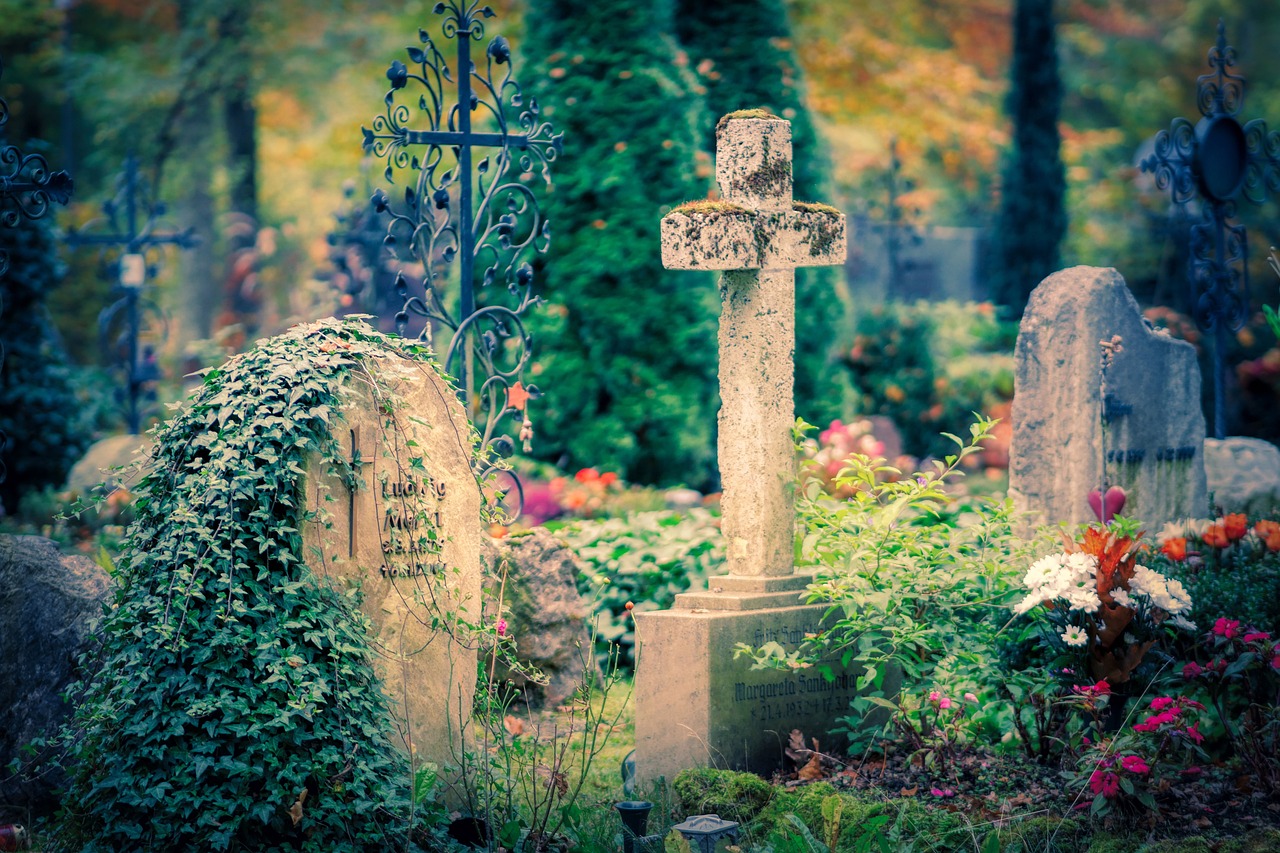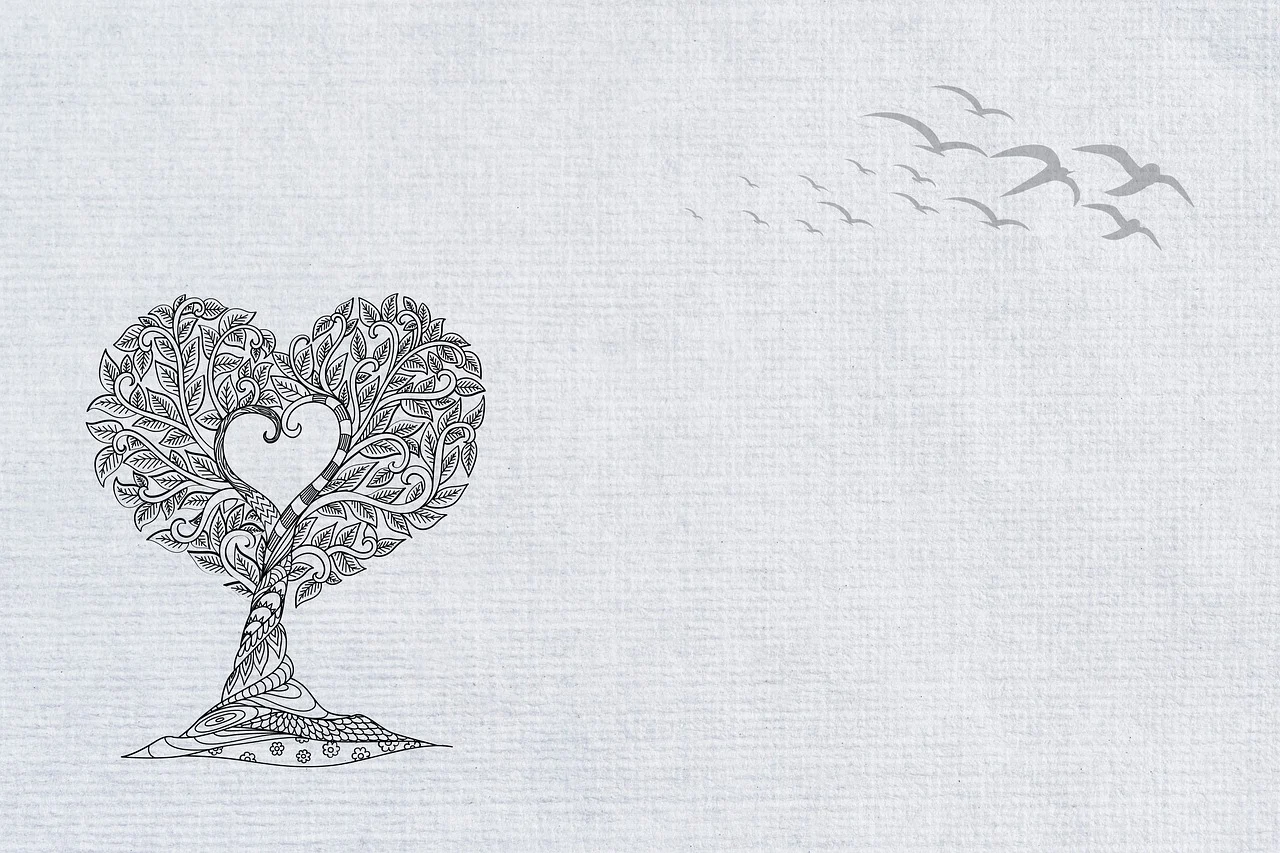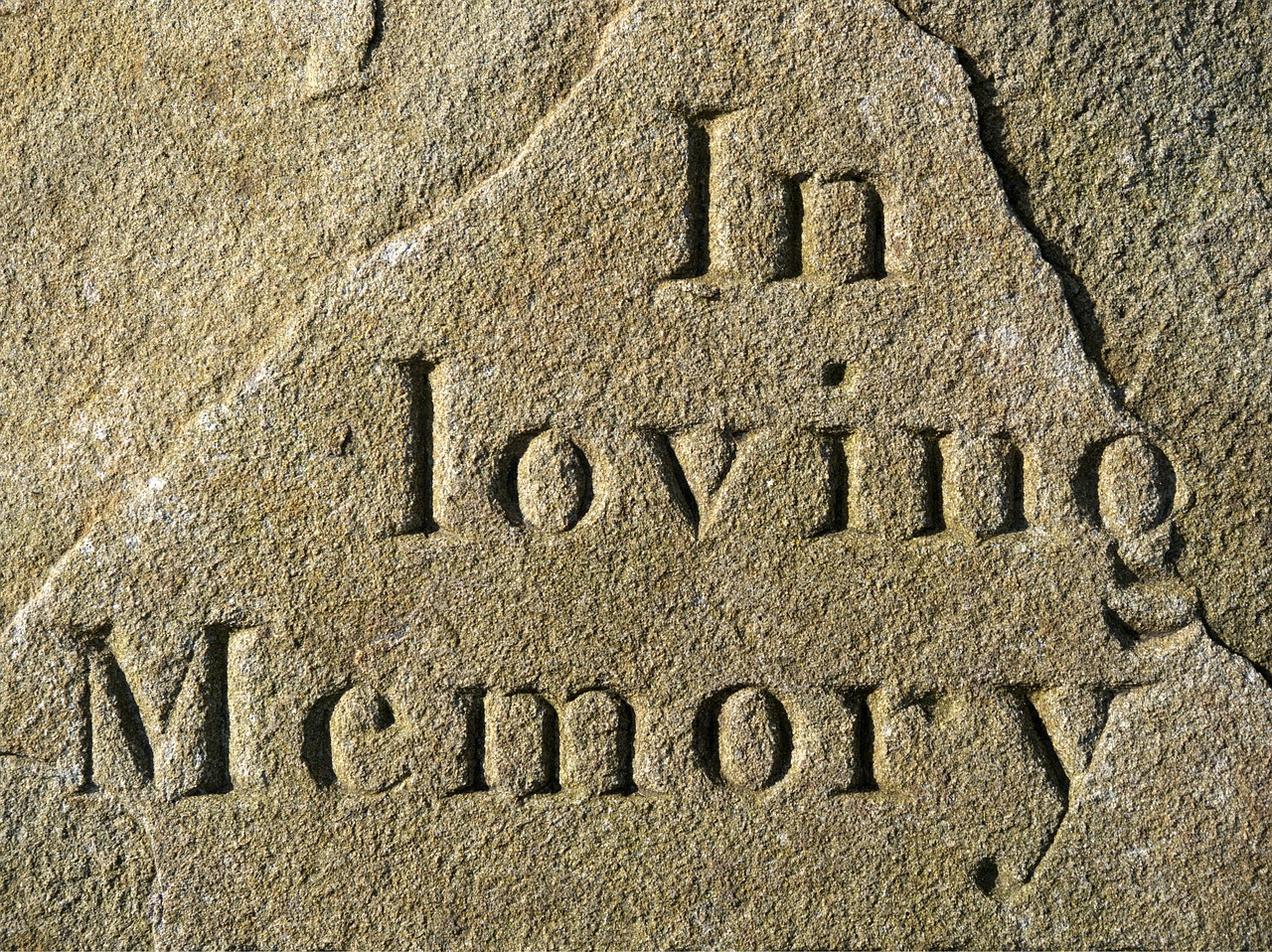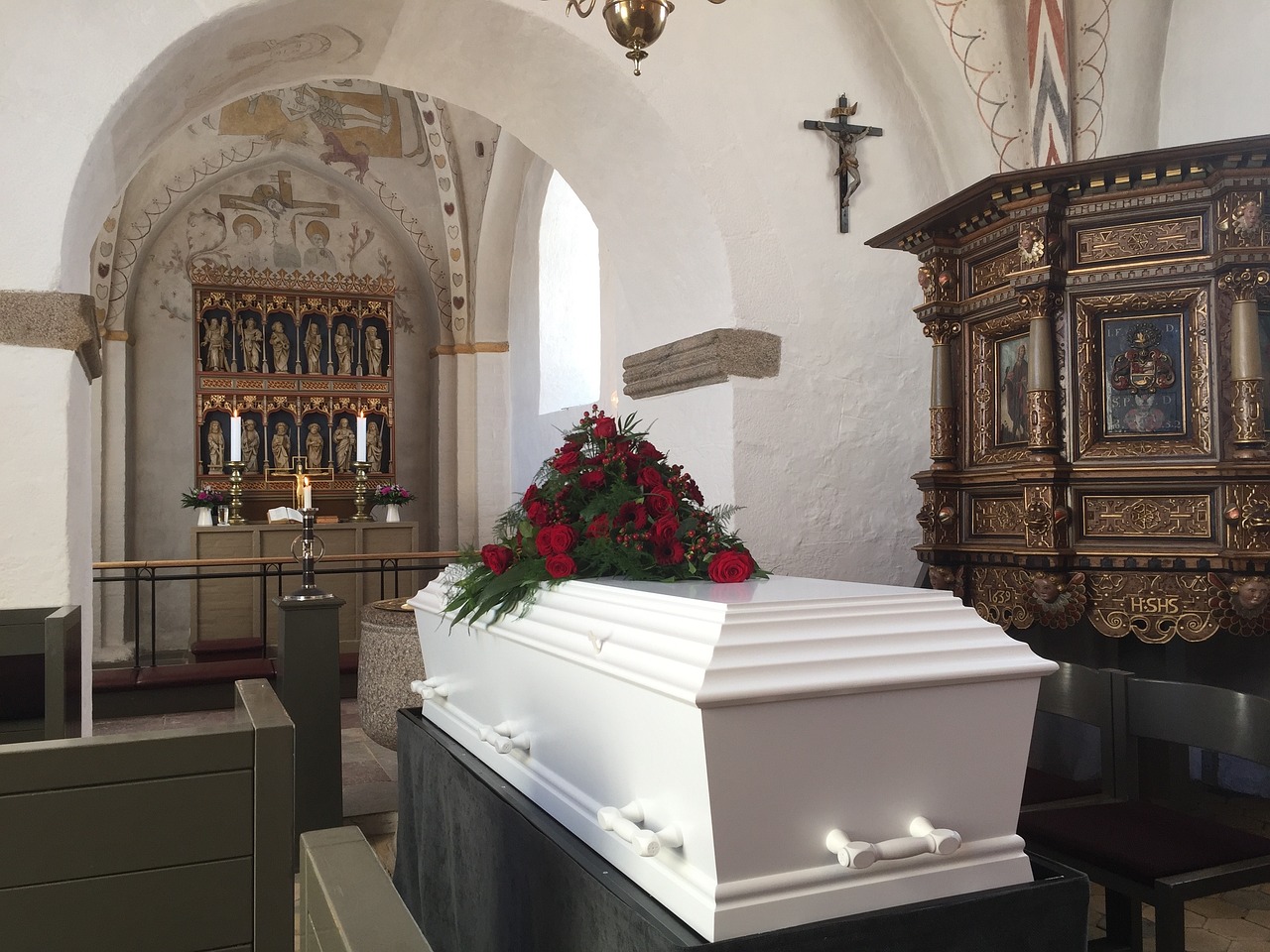Many benefits are derived when you opt for cremation over traditional burial. It is generally more affordable, environmentally friendly, space-saving, and allows for funeral services to be more conveniently arranged for later.
One of the key considerations when opting for cremation is what you may or may not leave inside the coffin. When the coffin is cremated, everything that is inside, including the body, will be incinerated.
This means you have to ensure that the items you leave in the coffin will not constitute a hazard when subjected to high temperatures. They should not react dangerously, nor be harmful to the environment.
If you have any valuables or mementoes that you would not want to be destroyed during this process, you will need to consult with the funeral director to ensure they are removed from the coffin before it is incinerated.
Why do people add items to coffins?
It is common practice for surviving family and friends to place items in a coffin before it is buried. It could be an item of sentimental value between the deceased and the surviving loved one. It can be a way to commemorate that relationship or a kind of parting gift.
The items are typically something meaningful and have some significance related to shared experiences, hobbies, and more. The value of these items can also greatly vary. Placing an item in the coffin can be a part of grieving and bidding farewell to the deceased.
What items are usually placed in coffins for a cremation?
Loved ones will often dress up the deceased in their favourite clothing or simply a formal outfit that they feel will make a good impression if there is a viewing of the body. There is rarely any problem with most types of clothing, however, accessories like rings, earrings, and cufflinks may contain metals or precious stones that will likely melt or vaporise. Any jewellery you burn will be completely lost, so ensure it is not something of such high or sentimental value that you would not want to see destroyed.
Other items that are often placed in coffins include:
- Letters to the deceased from loved ones
- Treasured photographs
- Articles of faith like prayer beads, crosses, crucifixes, and sacred books
- Flowers
- Favourite foods of the deceased
- Toys, books, and blankets, especially for young children that have died
- Beloved musical instruments for those with a passion for music
- Hobby-related items like golf clubs, model planes, and so on
- Ashes of another related deceased person that was cremated
Items that may include materials like leather and latex may need to be excluded as they can produce harmful fumes when burnt. Items containing alcohol or other combustible liquids or trapped air may also not be placed in the coffin.
It is acceptable to dress the deceased or place items in the coffin that can be dangerous or harmful to the environment. However, once the funeral is over and before the cremation, these items should be removed from the coffin. Even in cases where the coffin is to be buried, some burial sites may have rules about what items are allowed to be interred.
What to consider when placing an item in the coffin
As said, it is important to consider the effect of incineration on the item. The fact that whatever you place in the coffin will end up destroyed means that you need to consider whether it is worth doing this at all. For many people, this consideration often results in them removing any meaningful items from the coffin before cremation.
Another issue is hazardous items. Anything that can end up causing an explosion or other danger during cremation should be avoided. Even battery-powered smartphones and pacemakers should be removed as they can cause an explosion that would damage the furnace.
If any of the items in the coffin are made of metal, chances are they will melt during the cremation. This includes any metal implants in the body and the metal parts of the coffin itself, such as the handles and screws. The nameplate on the coffin is however usually removed before cremation as it is used as an identifier for the remains even after they are turned to ash. A powerful magnet is usually used after the cremation to extract these melted bits. They typically end up sold or recycled.
What happens during cremation
After dangerous, harmful or sentimental items that the loved ones do not want to lose are removed from the coffin, a final check is carried out by the funeral director. This is not just to prevent the wrong items from being cremated, but also to ensure correct identification of the body was made.
The coffin is then placed in the incinerator, with the nameplate kept aside to be used for labelling later. Once the cremation process is completed, the ash and other remains are collected in a tray.
A magnet is used to separate any metal material and the rest is put into a pulveriser to break down any lingering larger pieces of bone into dust. Once this is done, the ash is then placed into an urn or other container. The container is labelled using the nameplate that was set aside earlier.
Conclusion
Cremating a loved one with mementoes in the coffin can often be cathartic and a last act of love towards the deceased person by the family and friends. If you are considering doing this, be sure to consult with your funeral director to find out what is permissible and safe and what is not.

